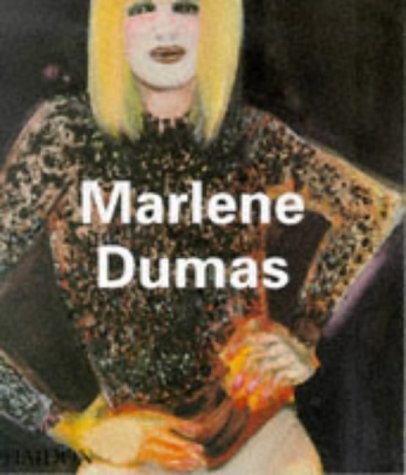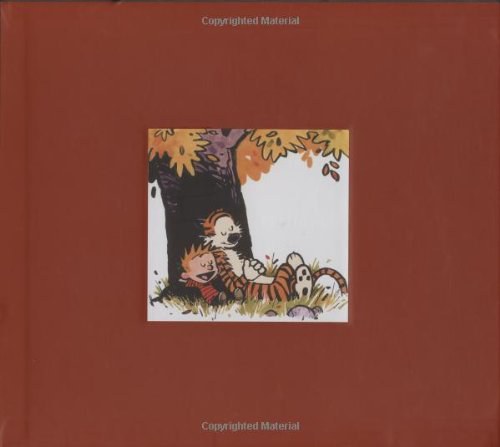
CCCP
书刊介绍
内容简介
Ideological dreams
The fourth and final age of Soviet architecture
Photographer Frédéric Chaubin reveals 90 buildings sited in fourteen former Soviet Republics which express what he considers to be the fourth age of Soviet architecture. His poetic pictures reveal an unexpected rebirth of imagination, an unknown burgeoning that took place from 1970 until 1990. Contrary to the 1920s and 1950s, no “school” or main trend emerges here. These buildings represent a chaotic impulse brought about by a decaying system. Their diversity announced the end of the Soviet Union.
Taking advantage of the collapsing monolithic structure, the holes in the widening net, architects went far beyond modernism, going back to the roots or freely innovating. Some of the daring ones completed projects that the Constructivists would have dreamt of (Druzhba Sanatorium, Yalta), others expressed their imagination in an expressionist way (Palace of Weddings, Tbilisi). A summer camp, inspired by sketches of a prototype lunar base, lays claim to Suprematist influence (Prometheus youth camp, Bogatyr). Then comes the "speaking architecture" widespread in the last years of the USSR: a crematorium adorned with concrete flames (Crematorium, Kiev), a technological institute with a flying saucer crashed on the roof (Institute of Scientific Research, Kiev), a political center watching you like Big Brother (House of Soviets, Kaliningrad). This puzzle of styles testifies to all the ideological dreams of the period, from the obsession with the cosmos to the rebirth of identity. It also outlines the geography of the USSR, showing how local influences made their exotic twists before the country was brought to its end.
作者简介
Frédéric Chaubin has been, for the last fifteen years, editor-in-chief of the French lifestyle magazine Citizen K. Since 2000 he has regularly featured works combining text and photography. The CCCP collection research was carried out from 2003 to 2010, through an intuitive and creative travel process. This project has been shown throughout the world, from Japan to the United S...
(展开全部)
相关推荐
-

物的追问
作品目录前言A 追问物的不同方式1.哲学和科学的追问2.物这个词的多义性3.与科学和技术不同的追问物性的另一种方式4.日常的或科学
-

红楼梦(上、中、下)
在我国,《红楼梦》、《三国演义》、《水浒传》、《西游记》被广大读者称为“四大名著”,几可谓家喻户晓,妇孺皆知。而在中国文学史上,没有哪部书的抄本如《红楼梦》这么...
-

大唐司天监
萧十一狼,《小说绘》人气作者。风格跳脱,构思清奇,以细致入微的情感描写见长。擅长捕捉人心阴暗面,笔锋辛辣处却往往予人以希冀与乐观。代表作:《半面妆》系列、短篇集...
-

学会如何学习
芭芭拉·奥克利(Barbara Oakley)密歇根州罗切斯特市奥克兰大学的工程学教授,麦克马斯特大学全球数字学习拉蒙-卡哈尔杰出学者。本科专业(居然是?)俄语...
-

揭秘Java虚拟机
《揭秘Java虚拟机:JVM设计原理与实现》从源码角度解读HotSpot的内部实现机制,本书主要包含三大部分——JVM数据结构设计与实现、执行引擎机制及内存分配...
-

耳穴治急症经验辑要
耳穴治急症经验辑要 本书特色 本书根据作者多年从事针灸的经验所编写出来的。全书共分“耳穴诊治疾病简介”“耳针治疗急症案例”“耳穴治疗杂症拾零”3个部分,主要对1...
-

是或一点也不
张大春说靠他“撑起21世纪小说江山”,骆以军称他为“未来的小说家!”黄国峻融合小说、故事及短文的集大成之作书写男女间纷至沓来的复杂欲念..编辑推荐★黄锦树曾提出...
-

Jonathan Coe《The Rain Before it Falls》
RosamondliesdyinginherremoteShropshirehome.Butbeforeshedoesso,shehasonelasttask:...
-

Alii!帛琉:被時間浪潮遺忘的蔚藍海
在天堂秘境消失之前,存在海與天之間最後的淨土,你這一生一定要去一次!在天堂快要消失之前,不要等了,趕快去吧!美景不會重現、生態不會重建,在這個世界急劇走樣之前,...
-

鹅
张羞,诗人、小说家,废话派。1979 年 12 月生于浙江嵊县。著有诗集《瀑布》(1-6),长篇小说《散装麻雀》《百鸟无踏》《释放一种蓝色》《鹅》《叙述和抒情》...
-

攀登者:松下幸之助的经营哲学
《攀登者:松下幸之助的经营哲学》内容简介:被誉为日本“经营之神”的松下幸之助,是攀登人生双峰的攀登者,相对个人的经营成就,
-

肿瘤疾病检验手册
肿瘤疾病检验手册 内容简介 本手册共分三个部分。**部以二维表格方式列出临床实验室检测内容。此部分按各专业组进行分类,在各不同的专业组中又以检查项目划分,如检验...
-

将进酒
唐酒卿,晋江人气作者。文风诙谐幽默,行文流畅,深受女性读者的喜爱,代表作有《将进酒》《恣睢之臣》等。其中,《将进酒》已售出影视、广播剧等多个版权。
-

煦阳岭的疑云
汤米和塔彭丝,阿加莎•克里斯蒂笔下的可爱侦探情侣档又回来了。这一次,他们去到一家阴森的哥特式养老院探访上了年纪的艾达姑妈,从而被卷入了一系列诡异的案件中。艾达姑...
-

爱要深,心要狠,幸福不能等
《爱要深,心要狠,幸福不能等》是内地首席励志作家陆琪2012年最新的两性新书,本书对未婚及已婚女性都有相当的启发意义。在《爱要深,心要狠,幸福不能等》中,有几位...
-

大生意人7
在商言商,本是生意人的本份,奈何几千年来,又有谁能真正做到?生意做得越大,受困于各方的擎肘和博弈也就越多,这套夹缝中的“玩法”,不是谁都会玩,也不是谁都玩得起。...
-

练琴
格伦•库尔茨(GlennKurtz),作家,学者,先后任教于旧金山州立大学、加州艺术学院和斯坦福大学。8岁开始学习吉他,高中毕业进入新英格兰音乐学院古典吉他专业...
-

踝关节外科
踝关节外科 内容简介 本书共分18章,前5章介绍踝关节的解剖、生物力学、检查、踝关节损伤的分类。后13章系统地介绍踝关节各类损伤及骨病的机理、诊断和治疗。在治疗...
-

Fantastic Beasts and Where to Find Them
精彩摘录Whydowecontinue,asacommunityandasindividuals,toattempttoprotectandconcealmag...
-

永远的绿山墙
妈妈给女儿一生的礼物蒙哥马利文学遗产继承人唯一授权简体中文版,作者孙女首次为中国读者作序“哈利·波特”系列译者之一马爱农倾情翻译,《绿山墙的安妮》作者传记首次在...





